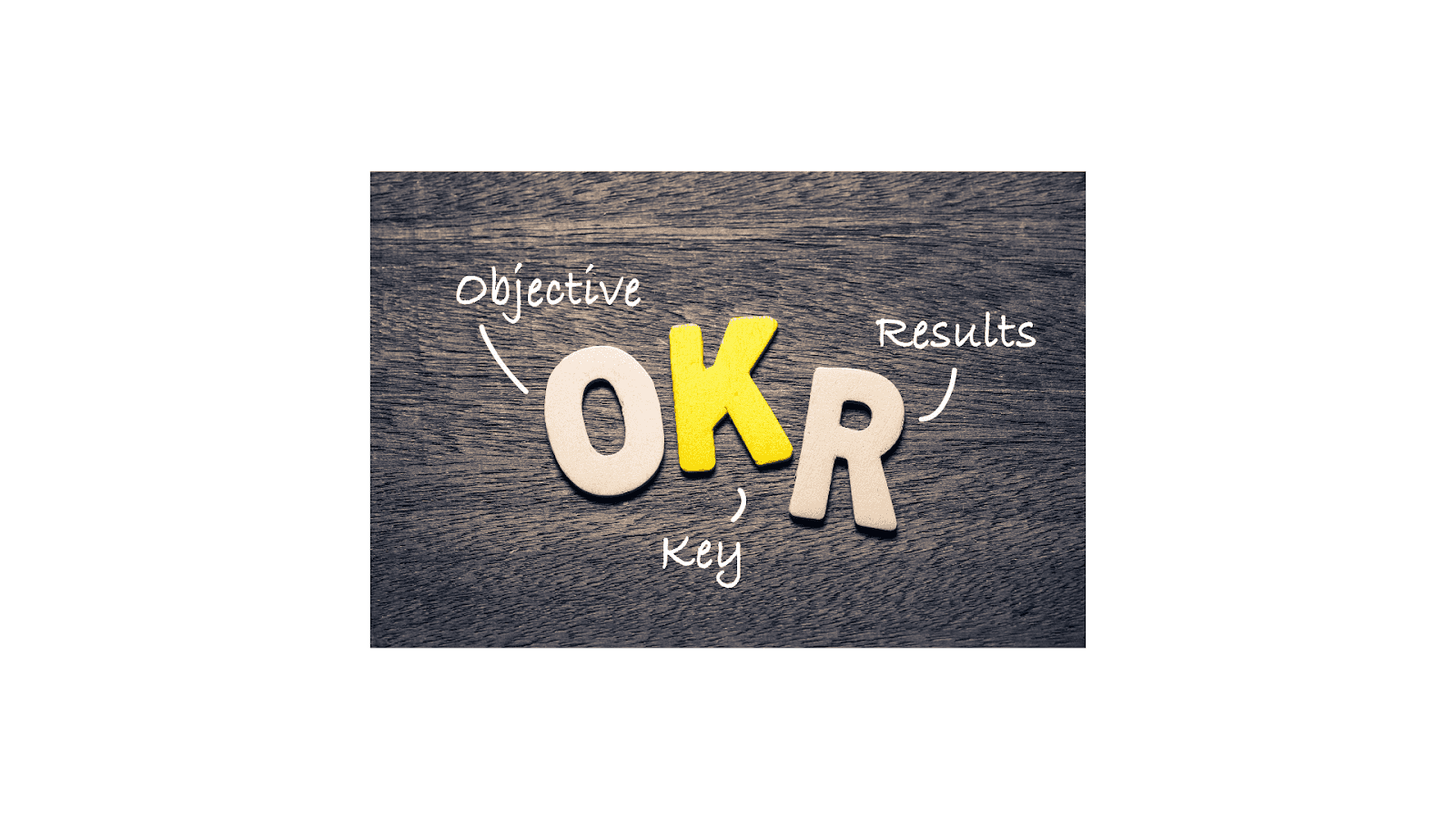In an era where the business landscape evolves with the velocity of thought, the quest for a robust framework to steer goal-setting and achievement becomes paramount. Enter the realm of OKRs (Objectives and Key Results), a methodology that has redefined the parameters of setting and pursuing objectives in myriad professional settings. This exploration delves into the OKR meaning, unraveling its components, significance, and transformative potential in the choreography of organizational and individual success.
The Genesis of OKR Meaning
At its core, the OKR meaning encapsulates a simple yet potent premise: to align and connect company, team, and personal objectives to measurable results. This methodology, steeped in clarity, simplicity, and transparency, empowers entities to set ambitious goals and track their progress through tangible outcomes. The inception of OKRs is attributed to Intel and has been popularized by industry titans such as Google, demonstrating its efficacy in driving unparalleled growth and innovation.
Deciphering the Components
The anatomy of OKRs comprises two fundamental elements: Objectives and Key Results. Objectives are qualitative descriptions of what one aims to achieve, painted with broad strokes yet imbued with aspirational vigor. They are the lighthouses guiding the organizational voyage towards its envisioned future. Key Results, on the other hand, are the quantitative metrics that act as milestones, measuring the progress towards these objectives. They are precise, time-bound, and unambiguous, providing a clear trajectory for the pursuit of excellence.
The OKR Meaning in Practice
Implementing OKRs transcends the mere articulation of desires; it is about embedding a goal-oriented mindset within the DNA of an organization. This methodology fosters a culture of accountability, where every stakeholder is a custodian of the collective ambition. It democratizes the goal-setting process, ensuring a shared vision and a synchronized effort in its pursuit. Moreover, OKRs encourage a rhythm of regular reflection and recalibration, making adaptability and continuous improvement intrinsic to the operational ethos.
The Strategic Nuance of Setting OKRs
Understanding the OKR meaning is incomplete without appreciating the strategic finesse involved in setting them. The artistry lies in balancing ambition with achievability, ensuring that objectives stretch capabilities without straying into the realms of impracticality. This delicate equilibrium motivates teams, igniting their potential to transcend the ordinary. Furthermore, the transparency inherent in OKRs dismantles silos, fostering cross-functional collaboration and enhancing organizational coherence.
The Impact of OKRs on Organizational Dynamics
The infusion of OKRs into the organizational bloodstream revitalizes its dynamics, engendering a milieu where innovation, resilience, and agility flourish. This framework transforms the approach to challenges, viewing them not as insurmountable obstacles but as stepping stones towards growth. It amplifies focus, eliminating the cacophony of distractions to laser in on what truly matters. Moreover, OKRs serve as a bridge between strategy and execution, ensuring that vision is not lost in translation but is translated into actionable reality.
Navigating the Pitfalls
While the OKR meaning conveys a beacon of goal-setting excellence, navigating its implementation is not devoid of challenges. One of the quintessential pitfalls is the overextension of objectives, diluting focus and dissipating energies across too broad a front. Another potential misstep is the fixation on achieving key results at the expense of learning and innovation. Thus, a balanced approach that values progress, learning, and achievement in equal measure is crucial for leveraging the full potential of OKRs.
The Future Emboldened by OKRs
As we venture into the future, the OKR meaning and its application are poised to evolve, mirroring the dynamism of the business environment. The adaptability of OKRs makes them a resilient framework, capable of nurturing the seeds of future innovations and successes. As organizations and individuals become increasingly adept at navigating the OKR landscape, the methodology will continue to be a pivotal force in sculpting the contours of professional excellence.
Conclusion
The exploration of the OKR meaning unveils a profound understanding of goal setting's essence, offering a lens to view objectives not as mere checkpoints but as catalysts for transformation. In the ballet of business, where every step and pirouette counts, OKRs emerge as the choreography for success. They encapsulate the spirit of ambition, accountability, and alignment, guiding the march towards achievement with precision and purpose. As we embrace the OKR methodology, we unlock the doors to a realm where goals are not just set but are lived, breathed, and realized in their fullest glory.
Further Reading
- Unlocking the Potential of People Analytics in Your Organization
- The Misconceptions and Realities of Digital Transformation
- The Quick Guide to Elevating Your Performance Reviews with ILPApps
Ready to find out more?

